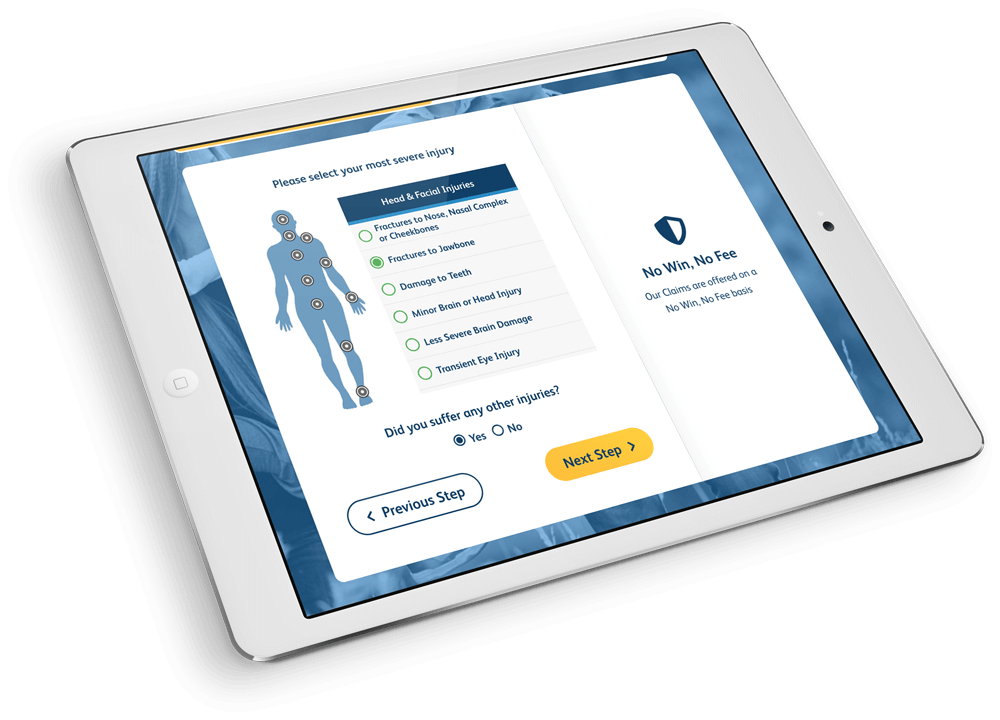Firm in court after worker injured by falling sheet of metal
A Herefordshire steelwork firm has been in court after one of its employees was injured when a metal sheet fell on his foot.
What happened?
The 30-year-old man employee was working at Frank H Dale Ltd’s premises in Leominster, and had been asked to move some metal sheets, each six metres long, 35 centimetres wide and 10 millimetres thick.
To do this he had been using an overhead travelling crane with a permanent lifting magnet placed in the centre. The sheets needed to be lifted around 1.5 metres from the ground and placed on a conveyor ten metres away.
As the employee was carrying out the work, one of the metal sheets, weighing 180kg, detached from the magnet and landed on the employee’s foot. He fractured three of his toes and was unable to work for six weeks.
An investigation into the incident found that the magnet used was unsuitable for lifting the metals sheets, and the instructions provided by the manufacturer had not been followed.
What was the outcome?
Frank H Dale Ltd was fined £12,000 and ordered to pay £11,631.40 in costs, after pleading guilty to breaching the Health and Safety at Work etc. Act 1974.
HSE inspector, Tariq Khan, said:
“Permanent lifting magnets are a common accessory in industry and
must be used correctly. Users need to understand the
limitations of the ones they have in use.
“This incident could easily have been avoided had the company
provided suitable training. Most permanent lifting magnets
are supplied with comprehensive instructions and
companies must ensure users understand them
and are trained in their use – many
suppliers of this equipment may
provide training.
“Although the steel sheet was within the safe working load for
the magnet being used at the time, it was not designed
to lift long, thin pieces of sheet metal.
“It was nothing more than luck that the first two sheets were
successfully moved and the injured employee was very
fortunate that the 180kg metal sheet fell on to a
conveyor before landing on his foot. Had it
landed on him directly then a more serious
injury may have been inflicted.”
If you have been affected by an accident at work, and you would like expert advice, contact Hampson Hughes Solicitors today on 0800 888 6888 or email
Source: View article





